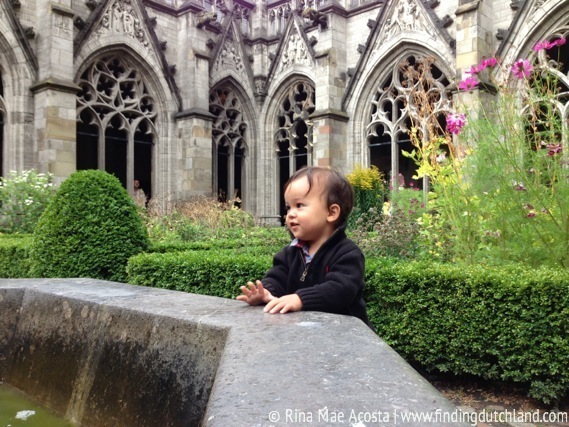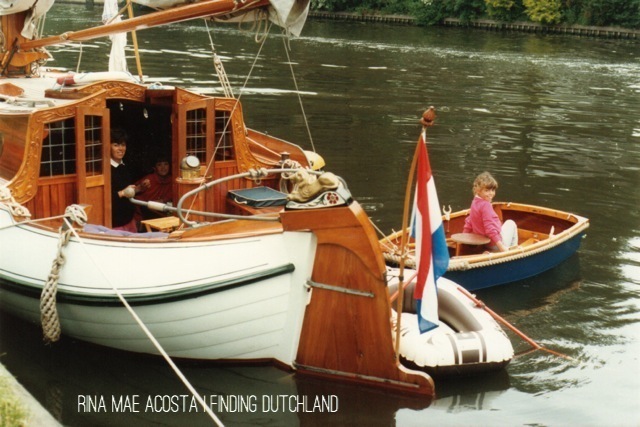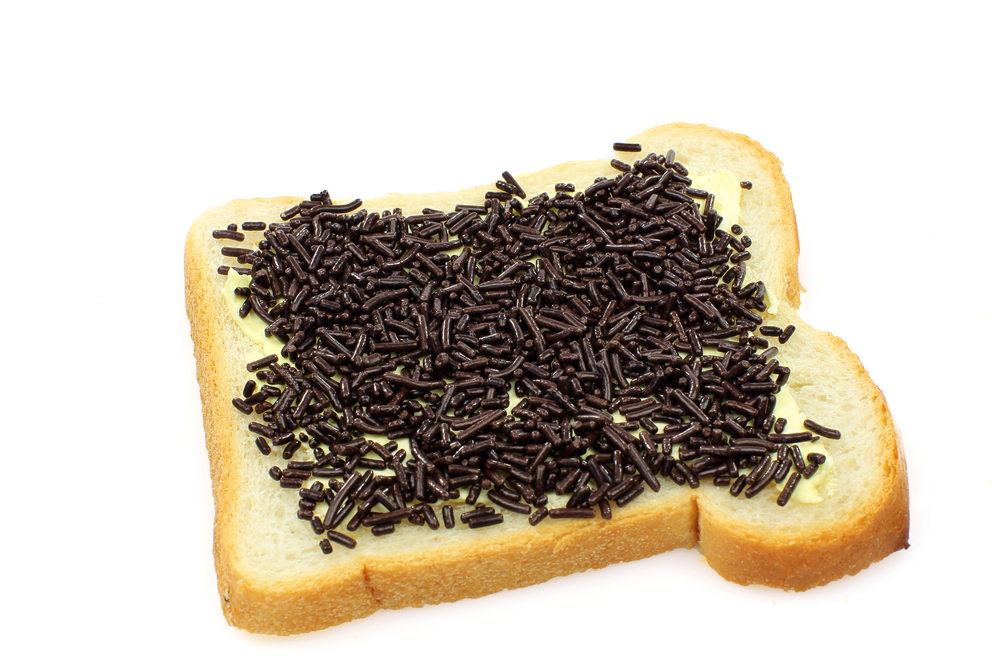According to Unicef’s most recent Child Well Being in Rich Countries survey, Dutch kids ranked as the happiest kids in the world. Dutch kids led the way in three out of the five categories, namely- material well being, educational well being, and behavior and risks.
Unicef Germany isn’t the first research organization to come to this conclusion. Surveys conducted by Britain’s Child Poverty Action Group, the World Health Organization, and Unicef International have all reached unanimous conclusions as to the happy state of Dutch children.
Why exactly are Dutch kids the happiest in the world? As a seasoned expat mom living in stereotypical Dutch suburbia, it isn’t too hard for me to indulge in 8 secrets as to why I think Dutch kids are the happiest kids in the world.
1. Their Dutch parents are among the happiest people in the world.
It shouldn’t be surprising that the happiest kids in the world also have parents who are also among the happiest people in the world. According to United Nation’s first World Happiness Report just released last week, the Netherlands ranks fourth as the happiest nation on earth. Happiness, measured as an indicator for social progress, was taken quite seriously. It’s definitely a no brainer that in general, happy parents equal happy kids.
2. Their Dutch moms are genuinely happy.
Dutch psychologist and journalist Ellen de Bruin has written a book titled “Dutch Women Don’t Get Depressed” illustrating the phenomenon. According to Ellen de Bruin, “Personal choice is key: in the Netherlands people are free to choose their life partners, their religion, their sexuality, we are free to use soft drugs here, we can pretty much say anything we like. The Netherlands is a very free country.”
Unlike their American counterparts and the rest of women in the world, glamour, hospitality and charm do not rank high in a Dutch woman’s priority list. De Bruin makes several sweeping generalizations about Dutch women, namely that Dutch women don’t know how to dress (mainly due to choosing practicality when biking everywhere), will send someone away if they arrive unexpectedly during dinner time, and are quite bossy to their men.
Perhaps a main factor why Dutch women are so happy is that they’ve found the perfect work-life balance. Dutch mommies are leading the way with the largest share of women working part time of all OECD countries, with 68% of Dutch women working only part time, roughly 25 hours a week.
In journalist Lisa Belkin’s Huffington Post article “What Mothers Really Want: To Opt Inbetween (Infographic)“, an overwhelming majority of moms would actually like to work part-time as an ideal balance between home and work. According to Belkin, Hulafrog’s survey of 2,127 U.S. women with children at home under the age of 18 concluded that 65 percent would work part-time, only 9 percent would work full-time and 26 percent would stay home.
3. Their Dutch Dads play a more equal role in child-rearing by also having part-time jobs and being more hands on.
A New York Times article “Working (Part-Time) in the 21st Century” highlights the Dutch culture of part-time work. By 1996 the Dutch government gave part-time employees equal status to that of full timers, paving the way for a more balanced work-life reality for its citizens. Like their female counterparts, more and more Dutch dads are squeezing in a full-time job in just four days and dedicating one day a week with their kids. “Papa dag” (Daddy day) has become not only part of the Dutch vocabulary, but becoming more of a standard norm as one in three men are also opting for part-time work. Dutch dads take their parenting seriously, playing a more balanced role in parenting.
4. Dutch kids feel no pressure to excel in school and have very little stress. They have no homework or have very little and thus have plenty of time to play after school.
Dutch elementary students under the age of ten usually do not have any homework and are simply encouraged to enjoy learning.Upon completion of primary school at the age of 12, Dutch pupils take a multiple choice CITO test which determines their relative intelligence level and heavily influences what corresponding high school they could attend.
Thus, Dutch high school students also do not face the notorious pressure of taking the SATs or ACTs or ever attaining academic excellence. There is, for the most part, no formal competitive university application process.
This happy relaxed attitude towards school for Dutch kids really hits home for me. I can still vividly recall the external and internal pressure to get into the “right college” from the moment I stepped into my first Freshman class in high school. To think that my son can simply attend school just for the sake of learning rather than focusing on his actual academic performance boggles my mind.
5. They can eat chocolate sprinkles, or slices of chocolate with butter on their white bread for breakfast. Every single morning. No kidding.
I was actually tickled when the United Nation’s assessed that the Dutch kids ate healthy breakfasts.
A traditional Dutch breakfast, whether you are a child or an adult, actually often consists of a piece of white bread, butter and chocolate sprinkles. Their Dutch lunch, which often includes a variation of a slice of bread with a piece of cheese, or a thin slice of ham, doesn’t seem to be too much healthier either.
On a serious note, Unicef concluded that Dutch children and teens reported eating breakfast with their family on a regular basis. In no other country do children have breakfast with their families as regularly as they do in the Netherlands. Not only is eating breakfast associated with better performance in school and decreased behavioral problems, but eating breakfast daily as a family creates opportune time for family bonding and fostering individual identity and growth.
6. They have a right to express their own opinions.
Dutch children are the type that are both seen AND heard. From the moment they can formulate an opinion, Dutch children are given a voice and Dutch parents intently listen.
7. They have Oma day!
If you ever find yourself at the playground on a weekday, chances are you’re also going to run into a Dutch Oma (grandmother) with her grandchildren. A lot of Dutch grandmothers take great pride in helping out their children, playing a pivotal role in their grandchildrens lives. By having regular, once a week childcare services from Oma, moms and dads can better attain their life-work balance. Having Oma around is great for a child’s self-esteem.
8. The Dutch government gives families money every month to help with expenses.
We all know that raising children can be very expensive. According to USDA, a child born in 2012 to age 18 will cost parents approximately $241,080. That’s a whole lot of money.
Despite the looming economic crisis and various cuts in subsidies on this side of the pond, Dutch families will still continue to get money from the Dutch government. Specifically, Dutch families will continue to receive a child allowance, a child benefit stipend (an income-dependent allowance for the cost of children), the combination discount (a fiscal break for combining work and caring for children) and the childcare allowance. I don’t know about you, but I’m not one to complain if I’m given money to raise my child.
Obviously, our current reality doesn’t fit the Dutch model for a stereotypical family setup. My husband is an entrepreneur with no option for working part-time and I am a stay-at-home mom. We are, however, also quite happy because we’re living the life that we want to live. Living in the Netherlands has afforded us the luxury to live this more traditional model. And despite how exhausting it is for me to be chasing around my precocious toddler son all day long, I thank God everyday for having the opportunity to do so. Here’s to finding happiness in Dutchland!
P.S. Like the photos that you see you? Than you’ll probably enjoy my Instagram or come connect with me with me at my Facebook page. We’re a friendly bunch. I promise.
P.P.S. Care to learn about another secret of Dutch kids? Check out Postpartum Care and What We Can Learn from the Dutch





